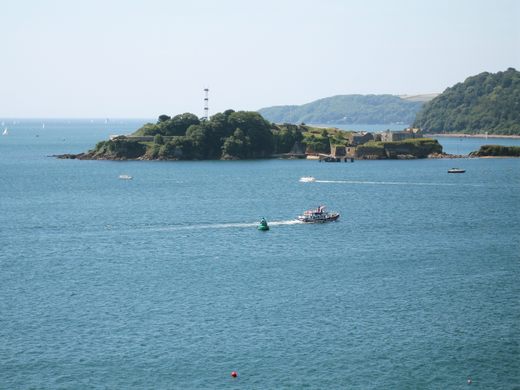Recently reopened to the public, Drake’s Island offers a fascinating glimpse into the past, boasting a wealth of history from a 16th-century fort to an army barracks station to an adventure center. Hop on the ferry from the Barbican and join your tour guide for a two-hour journey around the abandoned buildings and underground tunnels.

At just over six acres, Drake’s Island may be small, but it has a large history. A chapel was first built on this volcanic island in 1135, when it was known as St. Michael’s Island. It was later renamed St. Nicholas’s Island when the chapel was rededicated. It wasn’t until the late 16th century that the island was given its current name, after the famous explorer Sir Francis Drake, who departed from Plymouth on his historic journey to circumnavigate the globe.


For several centuries, the island was fortified and served as a critical point of defense for the nearby coastal towns. These defenses were significantly upgraded in the late 19th century, and the island was used by the military during both World Wars. In the 1960s, Drake’s Island transitioned from a military post to an adventure center, offering activities such as boating and rock climbing to students. However, the adventure center shut down in 1989, leaving the island largely abandoned until its recent reopening to visitors.


From war history buffs to those intrigued by abandoned and somewhat eerie locations, Drake’s Island has something for everyone. Occasionally, you may even be able to join a supernatural tour with a team of dedicated ghost hunters.


The island’s highlight is undoubtedly the panoramic views of Plymouth Sound and the remnants of massive cannon-type guns, which you can stand right next to. The island’s custodian and tour guide are always available to answer any questions you might have.
One thing to watch out for: the nesting geese population, which includes a few protective parents!

Know Before You Go: You can book joint ferry and tour tickets through the Drake’s Island website.
Also recommended:Is It Real Or AI? Portugal’s Casa do Penedo

